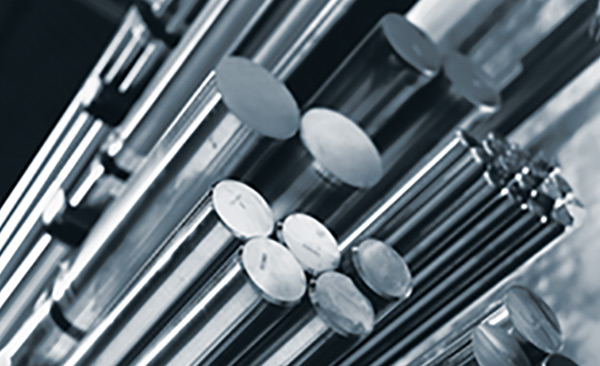It's not unexpected that grade 304 stainless-steel is among the most popular grades. Nevertheless it is plainly not just because grade 304 was among the very first grades established that it continues to control the marketplace today. There has actually been substantial progress over the years, and we now have in addition to a large range of austenitic grades of which 304 is simply one - a large range of ferritic grades, 200 series grades, Duplex, Superduplex, and Lean Duplex grades. Each of these has particular homes and has been developed for particular applications, and even in an effort to prevent using pricey alloying components.
For example, you can accomplish higher strength (thereby minimizing weight) and even higher rust resistance by going with a duplex grade alloy 28 You can select a CrNiMo grade (such as 316) to accomplish greater deterioration resistance where it is required-- such as in a marine environment, or where a great deal of salt is utilized for de-icing, or where specific chemical processes require a specific kind of corrosion resistance to a specific chemical, or acid.
You can likewise select a ferritic grade, or a 200 series (CrMn) grade to lower the expense of alloying aspects, and thereby achieve a more affordable item, or even choose to move far from stainless-steel altogether, and specify galvanized steel, for instance. What frequently emerges rather rapidly when adopting this approach, nevertheless, is that things can quickly begin rusting if they are not painted regularly, and soon may need to be changed entirely. What seemed like a low-cost option at first sight, can turn out to be extremely pricey indeed, and even extremely hazardous.
All these "more recent" grades serve their function, and add to making stainless-steel a material of option. However with such a variety of grades, one may have prepared for that they would rapidly supplant grade 304. Why stick with a grade established over 100 years back when there are today so many options readily available which have been specifically tailored to carry out well under specific conditions? One could practically state that today there is a grade for every single application.
Nor does grade 304 maintain its popularity because it is, relatively speaking, a 'inexpensive' choice. It includes quite a bit of nickel which, as we all know, can end up being a very expensive ingredient indeed, specifically when a period of restocking follows a duration of destocking, when rates therefore begin to rise. So, if it is not for historic reasons that grade 304 is so popular, and not since it does not consist of "pricey" alloying components such as nickel, since it does, why does it remain the workhorse of alloy 20 the industry?
The answer is maybe first of all that grade 304 consists of an extremely decent amount of chrome (around 18%), and it is, obviously, the chrome that makes it so rust resistant. Why then include nickel, which simply adds to the cost? Since nickel stabilises the austenitic structure, which suggests that the steel is both tough and ductile. How much nickel should be included? Obviously, the minimum needed to stabilise the austenitic structure-- so about 8%. And there we have it-- grade 18/8 (18% Cr, 8% Ni) or yes, grade 304. The outcome is a grade that is highly corrosion resistant in a wide variety of applications, has great formability, and great weldability, however does not include a lot nickel as to make it prohibitively pricey, when that quantity of nickel is not needed for the specific application.
It is the combination of these residential or commercial properties which discusses why 304 remains one of the most utilized grades. The particular mix of residential or commercial properties indicates that it is suitable, at a very affordable cost, for use in the most different of applications varying from industry (chemical, pharmaceutical, foodstuffs, drink, developing, fermentation), to building, circulation (counters etc), down to your very own cooking area and cutlery.
Flexible grade.

The adaptability and efficiency of grade 304 has actually been shown over many years of use, however it would be incorrect to state that it is a "sure thing", or "I make sure 304 will be great". You might say it is a bit like purchasing a cars and truck. You do not purchase an Audi R8, as good as it sounds, and as quick as it goes, if what you need is a Renault Clio that gets you to the corner shop simply as quickly, and at considerably lower expense. But nor do you buy a low-cost runabout, which is more than most likely to break down halfway to the airport, if you have an airplane to capture.
This is why you need to always talk with the specialists who will suggest the grade you need for your specific application, at the most reasonable cost, and assist you prevent making what could be an extremely costly mistake in the longer term.
With that caveat, stainless grade 304 is the workhorse of the stainless-steel industry. It has been so because it was very first developed, and looks set to continue being so for the foreseeable future. At Stainless Band we constantly have plenty of grade 304 coil in the warehouse which can be slit at short notice into the exact width of strip needed and with the needed processing and finish.